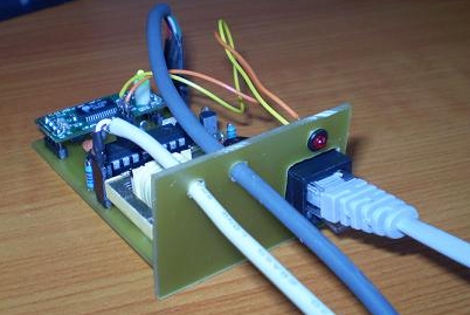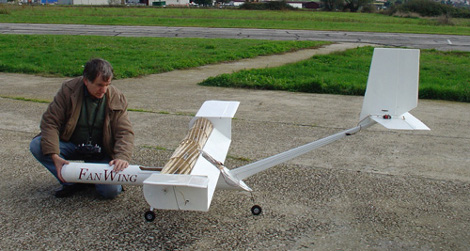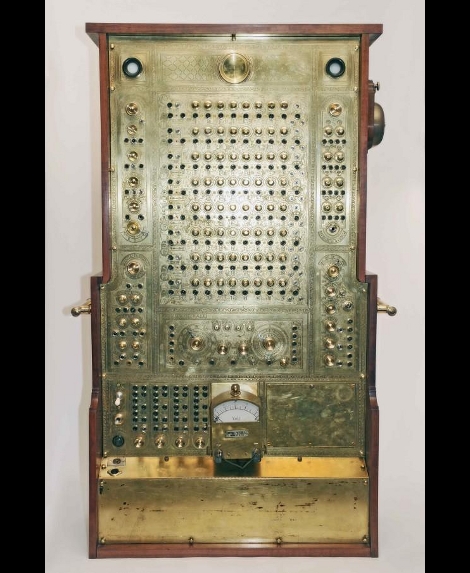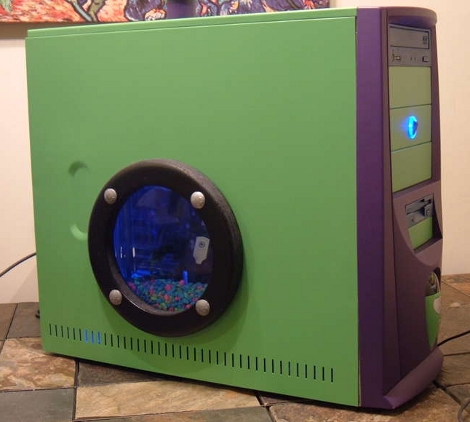
Needing a front fan to keep his hard drive cool, [CalcProgrammer1] found he was unhappy with a single LED color for the fan. He swapped them out for a set of four RGB LEDs and whipped up his own controller board for the unit. It is based around an ATmega168 and patches into the COM2 header on the motherboard, providing a serial interface. [CalcProgrammer1] wrote a GUI to control fan speed, and individual LED color settings. You can take a look at and enthralling, edge-of-your-seat demonstration of how slider controls work after the break. Wouldn’t it be great if the HDD LED clock could be adapted to use a fan so that the front panel had a colorful analog dial on it? Continue reading “LED And Fan Controller”
















